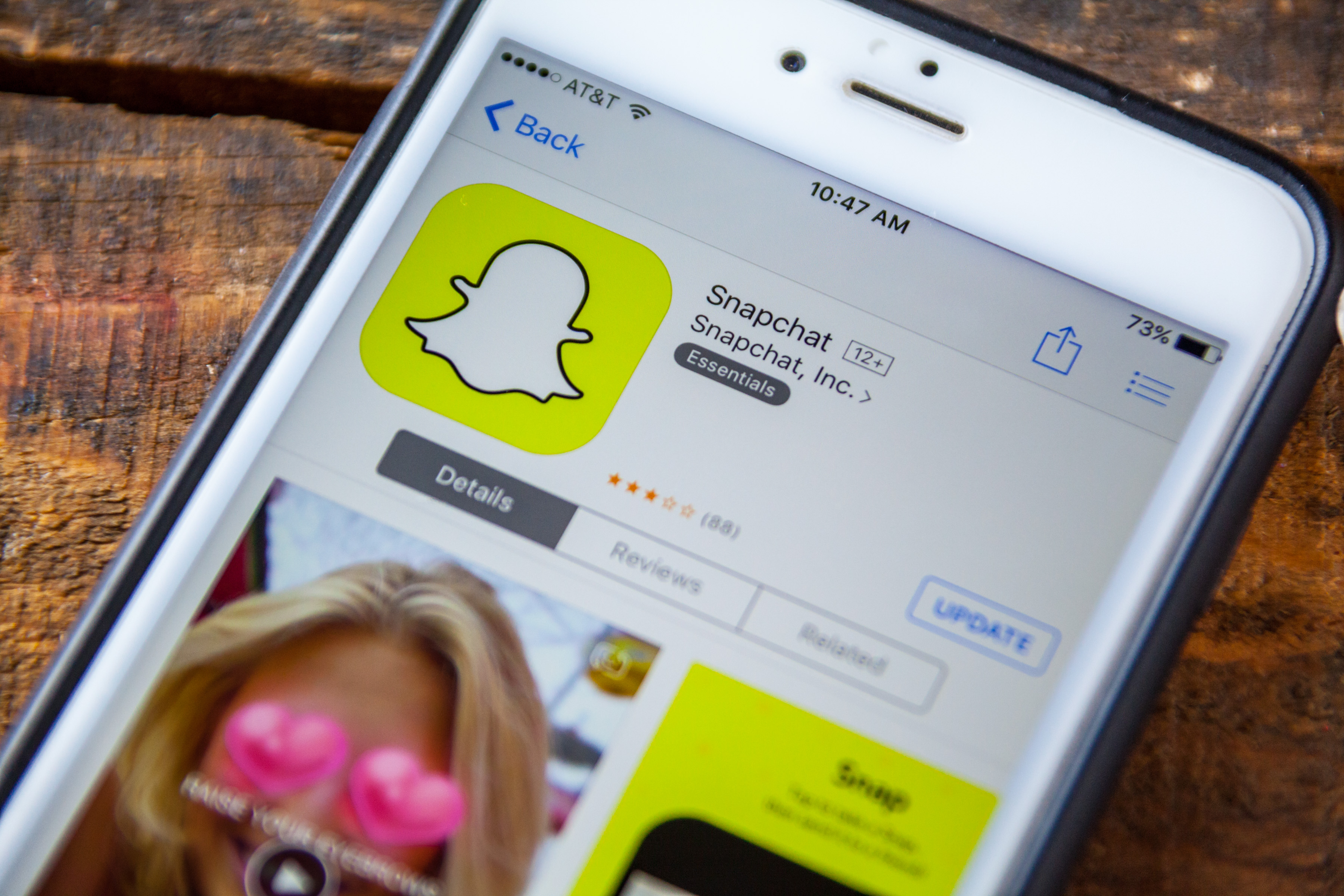Report: The State of Gaming App Marketing

January 11, 2018 | Article written by Carly Morris
In 2017, non-organic gaming app installs increased nearly 25%. With over 2 billion mobile players and an estimated $64 billion in revenue by 2020, more and more gaming app developers are looking for how they can make the most of the present opportunity.
To better understand the intricacies in the world of mobile gaming, AppsFlyer compiled a special new report on the state of gaming app marketing around the world. This report takes into account overall growth, engagement, and app abandon for both Android and iOS users, based on data from 40 countries, 95 million app installs, 1,300 apps, and $150 million in revenue.
To help make sense of all their findings, we’re breaking down the 5 biggest takeaways as they pertain to gaming developers, advertisers, and publishers around the world:
1. Overall Growth
Between Q3 of 2016 and 2017, the non-organic app install market grew by 23%, with iOS and Android accounting for 34% and 16% of that rate respectively.

Taking a closer look at these figures by market and platform, we see that much of the overall growth is tied to a major jump within the Asia Pacific region. Here, Japan, Taiwan and South Korea have experienced massive year-over-year growth, up 37% in 2017 – that’s 61% above the global average.

These geos also hold the most engaged gaming users, which are responsible for driving some of the highest levels of revenue and return on ad spend globally. In fact, day 7 ROAS in these three markets was 50% above the global average in 2017.
Takeaway: Massive overall non-organic growth marks a key shift away from the organic-centric app install approach, and indicates the need to hone in on converting quality non-organic users at scale. Some of the most promising places to look for gamers? Japan, Taiwan, South Korea, and the greater APAC region.
2. Return on Ad Spend
Because the need to refine your non-organic install strategy is growing, ROAS will be a critical metric to help you intelligently align your own benchmarks and plan your next move.
AppsFlyer approached their assessment of ROAS at two different intervals, day 7 and day 90. Here’s how the two compared:
Day 7 Average: 25%
Day 7 Android Average: 23%
Day 7 iOS Average: 26%
Day 90 Average: 70%
Day 90 Android Average:71%
Day 90 iOS Average: 67%
By market, the breakdown shows a fairly wide distribution, from a nearly 100% 90-day ROAS in Vietnam, to a modest 44% in Germany.

Takeaway: The return on ad spend for both iOS and Android is closely matched from the first week through the 3-month mark. But, between day 7 and day 90, ROAS nearly triples, so remember to keep an eye on your long term KPIs in order to get the full scope of your acquired user LTV.
3. Average Revenue per User
Looking again at a 90-day interval and basing their calculations on apps with verified purchase events, AppsFlyer analyzed ARPU averages by user type, platform, and top global markets.
In so doing, they found that the average revenue per user for gaming apps was $2.01 after 90 days, with an average $2.11 coming from organic installs and $1.37 from non-organic. When it comes to ARPU by platform, iOS outperformed Android, at $2.09 versus $1.79.
From a market standpoint, Japan and Taiwan led the pack, driving significant gaming revenue on both Android and iOS devices. Meanwhile, in the US, UK and South Korea, Android switched gears to actually outpace iOS in ARPU.

Takeaway: Organic users are still driving fantastic revenue, with ARPU outperforming paid users just over 50%. Don’t let your organic presence fall by the wayside as you ramp up your paid initiatives. Balance is the key.
4. Uninstall Rate
Overall, the global non-organic uninstall rate for gaming apps is 24%. This number is heavily influenced by Android users, whose uninstall rate comes in at a whopping 33%. iOS users on the other hand, drive a rate of only 13%.
Looking across the seven leading markets, the uninstall rate remains moderately level, hitting a high of 25% in Vietnam, and a low of 19% in the US.

Takeaway: iOS users and geos where iOS is more prevalent may be a safer bet when it comes to uninstall rates, but you should never rely on luck alone. Remember to take matters into your own hands and optimize your engagement strategy to keep your users active.
5. Retention
The final metric we’ll include in this breakdown is retention, a critical aspect in any long-term app marketing strategy. The global average for gaming app retention during the first month tends to look a little bit like this:

AppsFlyer also notes that these rates mirror previous years’ findings to a T. While we can be glad to see no major decrease in average retention, it’s also important to consider the reasons why the rate hasn’t begun to increase as we’ve become more adept at creating a rewarding user experience and refining our paid UA targeting strategies.
Takeaway: Retention can be a challenge for any gaming app developer, so effective lifetime engagement is a must. Focus on increasing your retention by personalizing your messaging based on proven user behavior data – whether that be app interface, push notifications, or custom retargeting campaigns.
Over the past five years, the mobile gaming app industry has skyrocketed and it’s only set to continue on this upward trend in 2018.
But, not every gaming app marketer is equipped to handle this highly competitive space… and that’s where we come in! If you’re ready to monetize your app and send your active userbase soaring, drop us a line.
For more information, you can check out the full report from AppsFlyer here.


